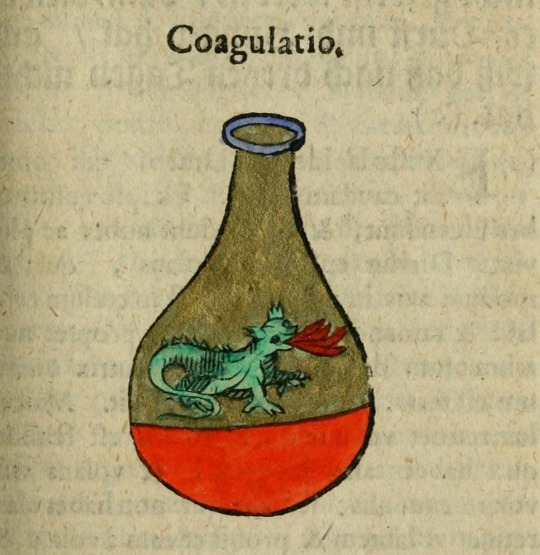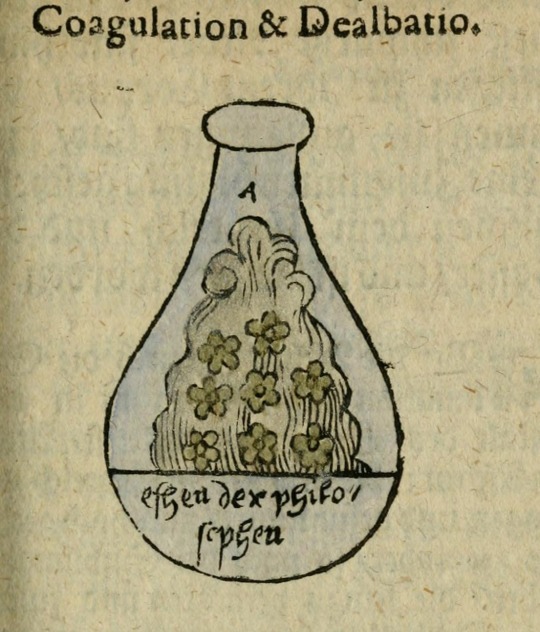Photo


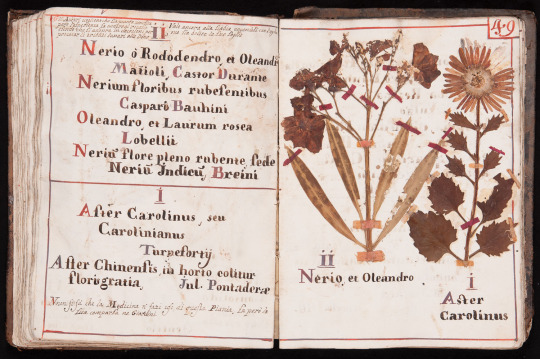


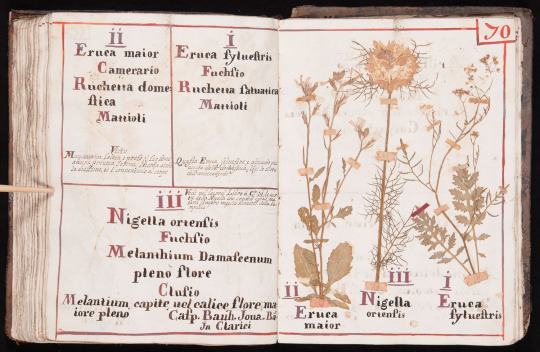


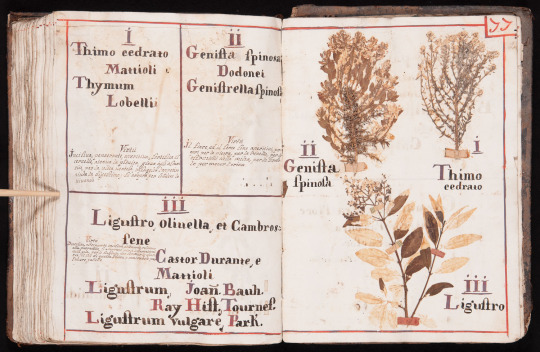

Pages from a herbarium possibly by Fra Giorgio da Venezia.
University of Padova Library
archive.org
2K notes
·
View notes
Text
When Catholic Saints summoned Demons
Am I finally writing for this blog I created months ago ? Yes, yes I am, incredible, I know. So thanks to @wholesomecrusading nice reblog, I remembered a funny story about demonic invocations in medieval times and though hey, why not make a post out of it. So if you like black magic and violence dispensed by Dominicans thinkers, I have just the story for you.
Our story begins, maybe not very surprisingly, with an inquisitorial trial. However, very surprisingly, this trial is not at all about suspected witchcraft, necromancy or heresy ; we are in the last part of the 13th century and inquisitors multitask quite a bit by that point and today they’re trying to decide if the recently deceased Tommaso d’Aquino, alias Thomas Aquinas, was a Saint. I am not going to expend on the process of an inquisitorial trial, or on what was needed to become a saint in the late Middle Ages, because those are very complex topics on their own and my hand already aching, let’s just say that the most important point of the inquiry was to know if Tommaso had done miracles. Miracles are the number one requisite to sanctity, so witnesses are invited to testimony of any miracle our good friar could have done all through his live.
Here come an Neapolitan judge (I think his name was Giovanni Blasio but I was kind of sparse in my notes so not sure) with a good miracle story: he as in Thomas’ monk cell, talking with him when bam ! A demon appeared (hate when they do that). So Thomas, probably furious because the demon didn’t knock before entering, leapt up and punched the apparition, yelling something like “STOP TAUNTING ME”. Instant exorcism. A good old-fashioned miracle.
The inquisitors presumably nod along, and start fact checking because at this point that’s what inquisitors do. I imagine it went something like this :
“How did the demon look like?” “A black man with a black cape.” “Ah, so if it looked like a man, how come you knew it was a demon?” “Well we knew him.” “You… knew him ?” “Well yes, see, we lost a book once, so we summoned a demon to find it, but he was popping everywhere afterward it was super bothersome.” “……”
And contrarily to what our 21st century mind would imagine, our nice napolitana judge walked right out of an inquisitorial tribunal after freely admitting to demons summoning without ever being inquieted and presumably lived a quiet life of dark magic afterward. Because, dear friends, witchcraft, demon summoning, and necromancy were not considered heresies and would not be until about 50 years later during the pontificate of John XXII. But that’s a story for another time.
In the spirit of academic honesty, I am forced to add that this testimony was not selected as a real Thomas Anquinas’ miracle, mostly because of inconsistencies in the dates and locations (if my memory serve me right, again, I was lazy taking notes). But it doesn’t really matter for the point I wanted to make (the point being “actually demon summoning was strangely okay for a big part of the middle ages”) and it’s a pretty wild story to tell. And what if. What if…
It’s my St Thomas’ headcanon

The man who punched demons. Maybe.
Source :
BOUREAU, A., Satan hérétique, Naissance de la démonologie dans l’Occident médiéval (1280 - 1350), Paris, Odile Jacob, 2004.
#heresy was not what you think it was#history#medieval history#demonolgy#necromancy#christianity#st thomas aquinas
2 notes
·
View notes
Text
Awh thank you !
I've always wanted to do my master thesis about something related to medieval esoterism because... Medieval esoterism, I mean that's just the most interesting subject ever (clearly).
So I was reading articles to see if I could find something more precise, and I found an article mentioning how the Dominican order forbade alchemy in the 13th century, but nowhere why this interdiction even existed in the first place. It all naturally evoluted from that !
And strangely I didn't find that many strange stories related directly to alchemy, but mostly alchemists getting into hijinks with other, more controversial, practices (and some very wrong takes on how nature work but that's a given in medieval times). My favourite so far isn't even about an alchemist but about Saint Thomas of Aquinas, of all persons, and his terrible demon summoning days (yes, really). But that might deserve a post on its own (so thank you for the inspiration hehe)
On why this blog exist
Hello dear visitor, I am a humble history student trying to finish my university years without drowning in coffee.
Motivation being a hard to come by resource in these times of plague, I decided to create this blog to document my progress on my master thesis (and probably do a lot of digression about whatever historical subject caught my fancy at any given time).
Said master thesis being an historical research about the interdiction of alchemy in the Dominican order in the 13th and 14th centuries, you should expect a lot of talk about esoteric practices, scholastic philosophy, medieval superstition, demonology, and other delightfully obscure themes.
Little disclaimer, English is not my first language and if you spot any error in my posts, I would be eternally grateful for the correction.
The researcher
10 notes
·
View notes
Note
You don’t actually believe lead can be turned to gold, right?
SEE HERES THE THING
IT CAN
ALCHEMISTS HAVE HADRON COLLIDERS NOW
99K notes
·
View notes
Photo

William Preston
“ The Eye Of Providence”
3K notes
·
View notes
Photo
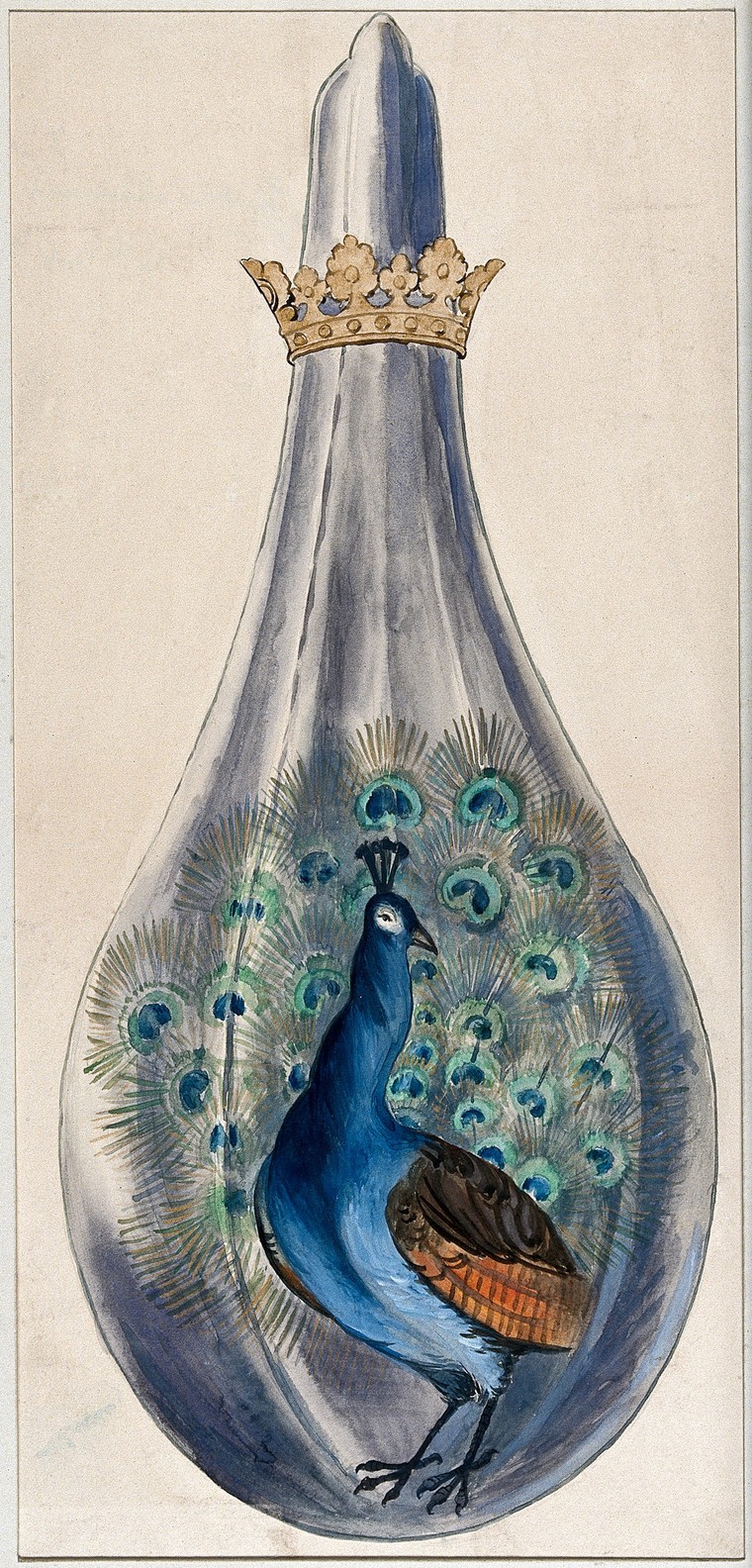

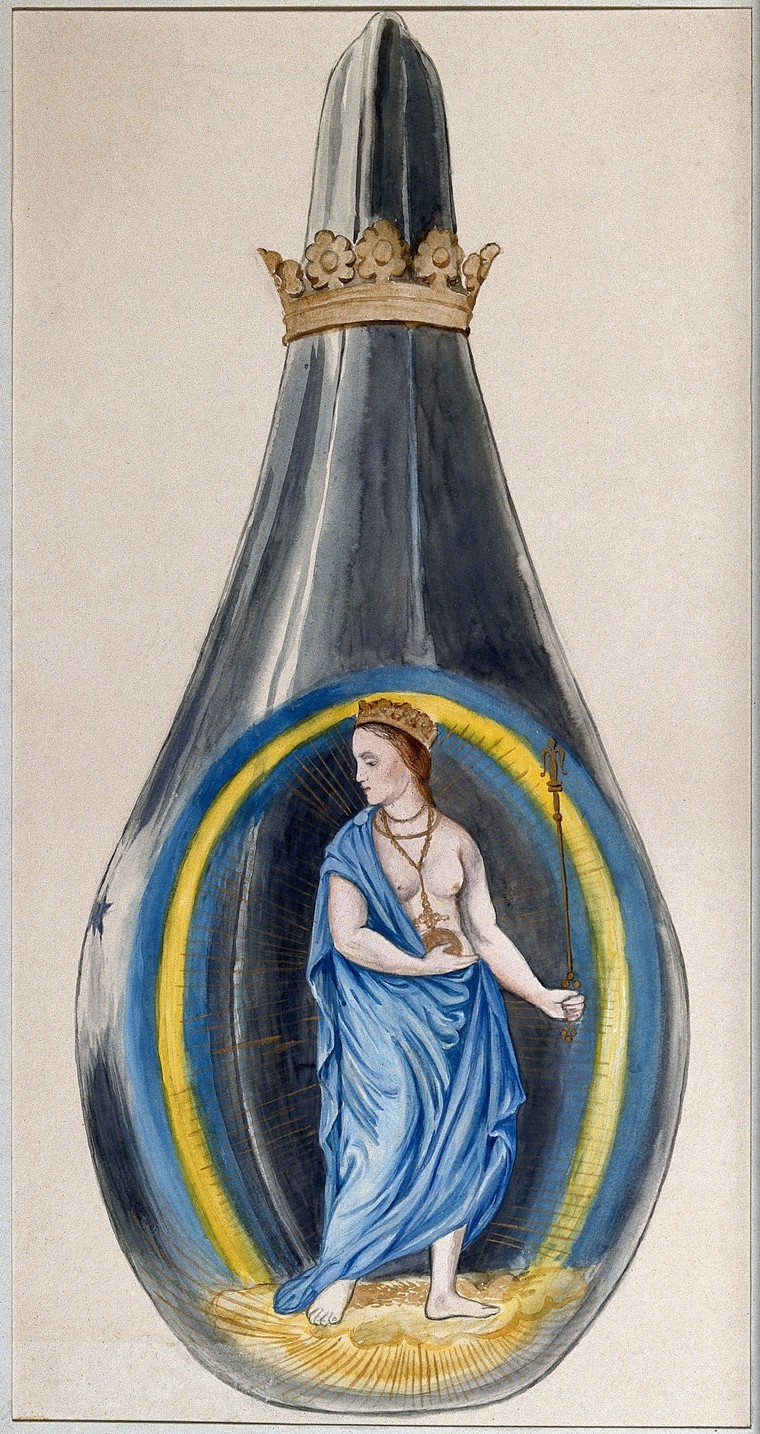

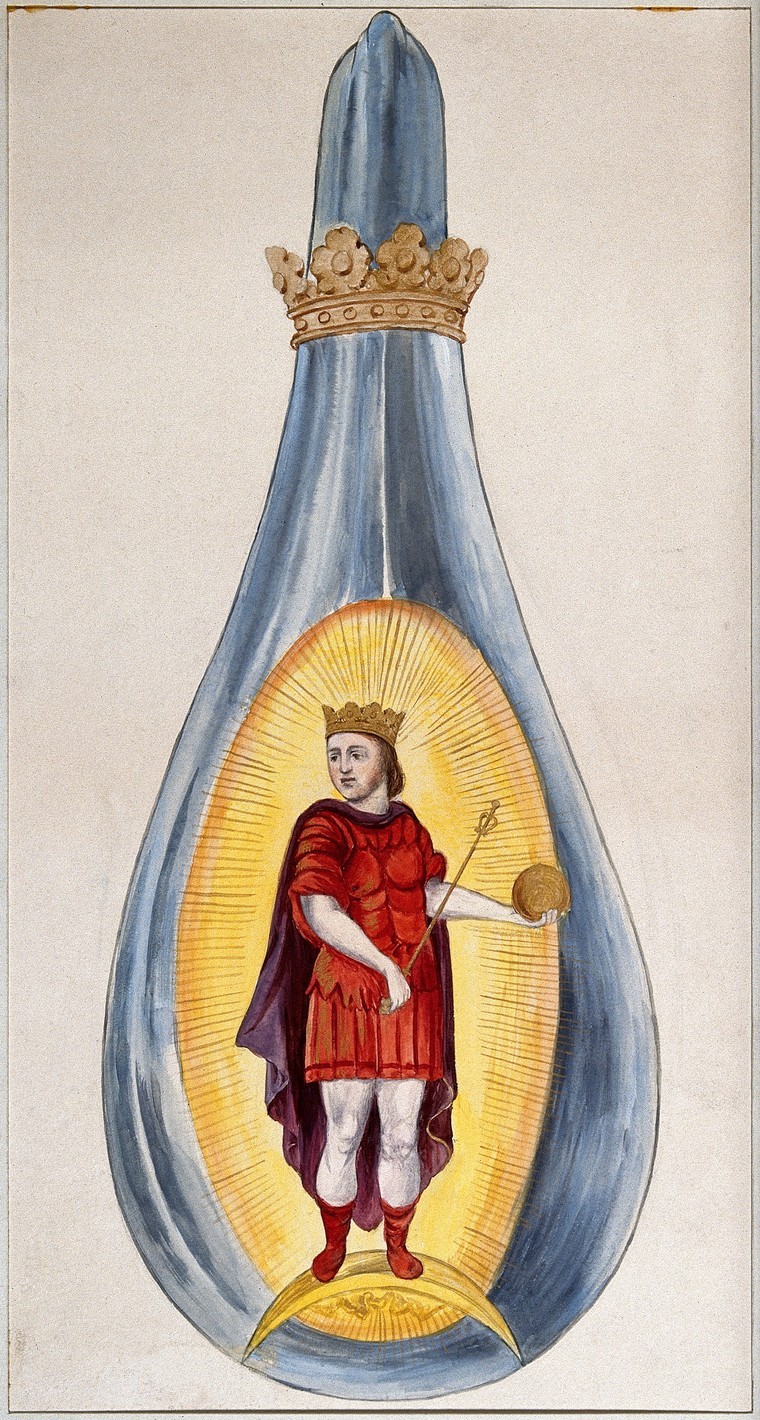
Illustrations of Alchemy.
1) A peacock in a crowned alchemical flask; representing the stage in the alchemical process when the substance breaks out into many colours.
2) A three headed monster in an alchemical flask, representing the composition of the alchemical philosopher’s stone: salt, sulphur, and mercury.
3) A queen dressed in blue, representing mercury, in a crowned alchemical flask.
4) A putto pours a phial into a dragon’s mouth, pumping a bellows with his other hand; representing the fixing of volatile matter in the alchemical process.
5) A crowned alchemical flask containing a young king, dressed in red, representing the culmination of the alchemical process.
Watercolour paintings, part of a sub-series in the ‘Splendor solis’, showing crowned alchemical flasks containing symbols of the various stages of the Great Work.
After Salomon Trismosin, Splendor solis, 1582, British Library, Harley ms. 3469
Images and text information courtesy Wellcome Collection.
Attribution 4.0 International (CC BY 4.0)
259 notes
·
View notes
Photo

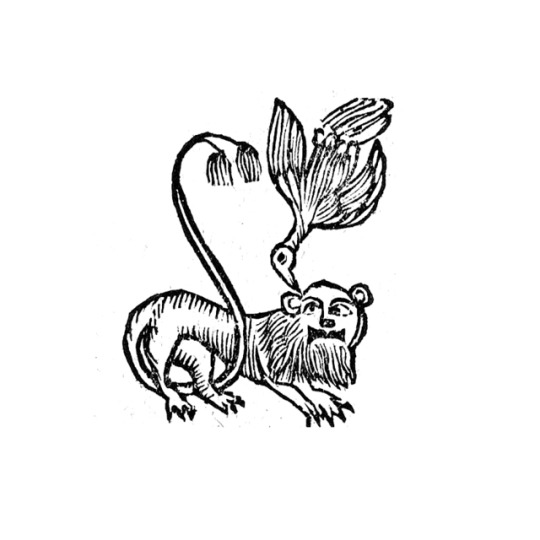


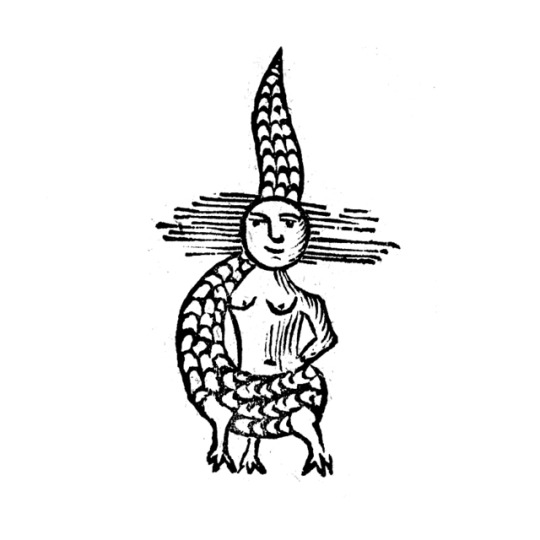
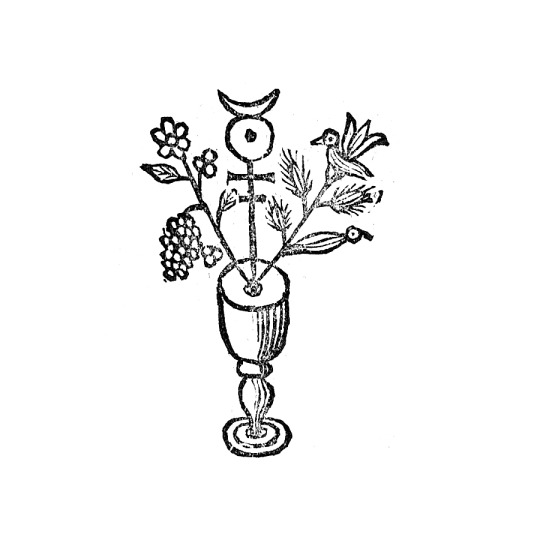

Abraham Eleazar, Uraltes chymisches Werk, 1734
5K notes
·
View notes
Photo



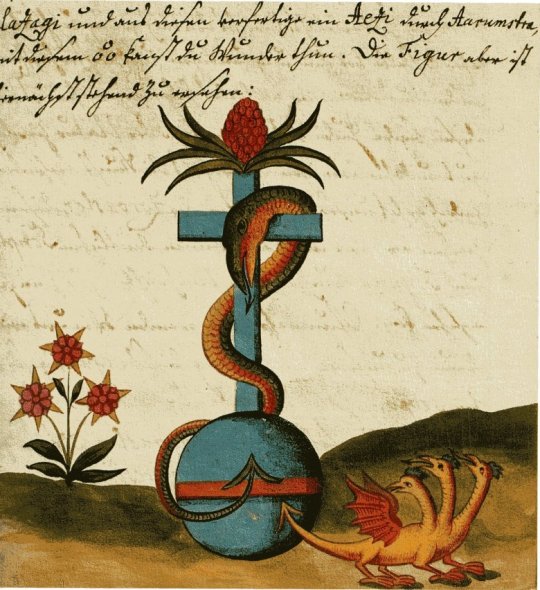
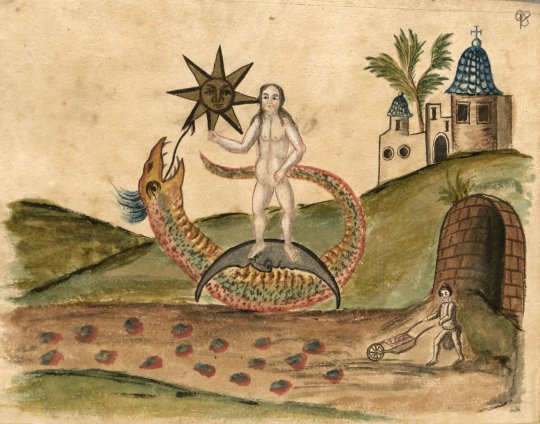



Clavis Artis, 1738
#Clavis Artis#alchemy#manuscript#aesthetic#illustrations#I love the girl being eaten by flying snakes she seems so pissed about it#18th century
4K notes
·
View notes
Text

Translation of the "Acta capitulorum generalium Ordini Praedicatorum" Introduction (Latin to French)
#Secondary reason for the creation of this blog :#flex my handwriting#studyblr#medieval history#handwriting#cursive#french#dominican order#dark academia#aesthetic
0 notes
Text
On why this blog exist
Hello dear visitor, I am a humble history student trying to finish my university years without drowning in coffee.
Motivation being a hard to come by resource in these times of plague, I decided to create this blog to document my progress on my master thesis (and probably do a lot of digression about whatever historical subject caught my fancy at any given time).
Said master thesis being an historical research about the interdiction of alchemy in the Dominican order in the 13th and 14th centuries, you should expect a lot of talk about esoteric practices, scholastic philosophy, medieval superstition, demonology, and other delightfully obscure themes.
Little disclaimer, English is not my first language and if you spot any error in my posts, I would be eternally grateful for the correction.
The researcher
10 notes
·
View notes



